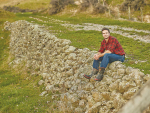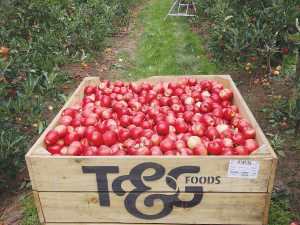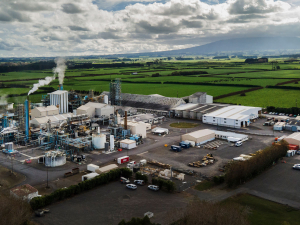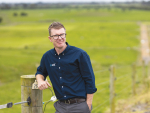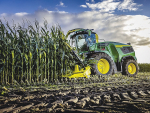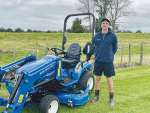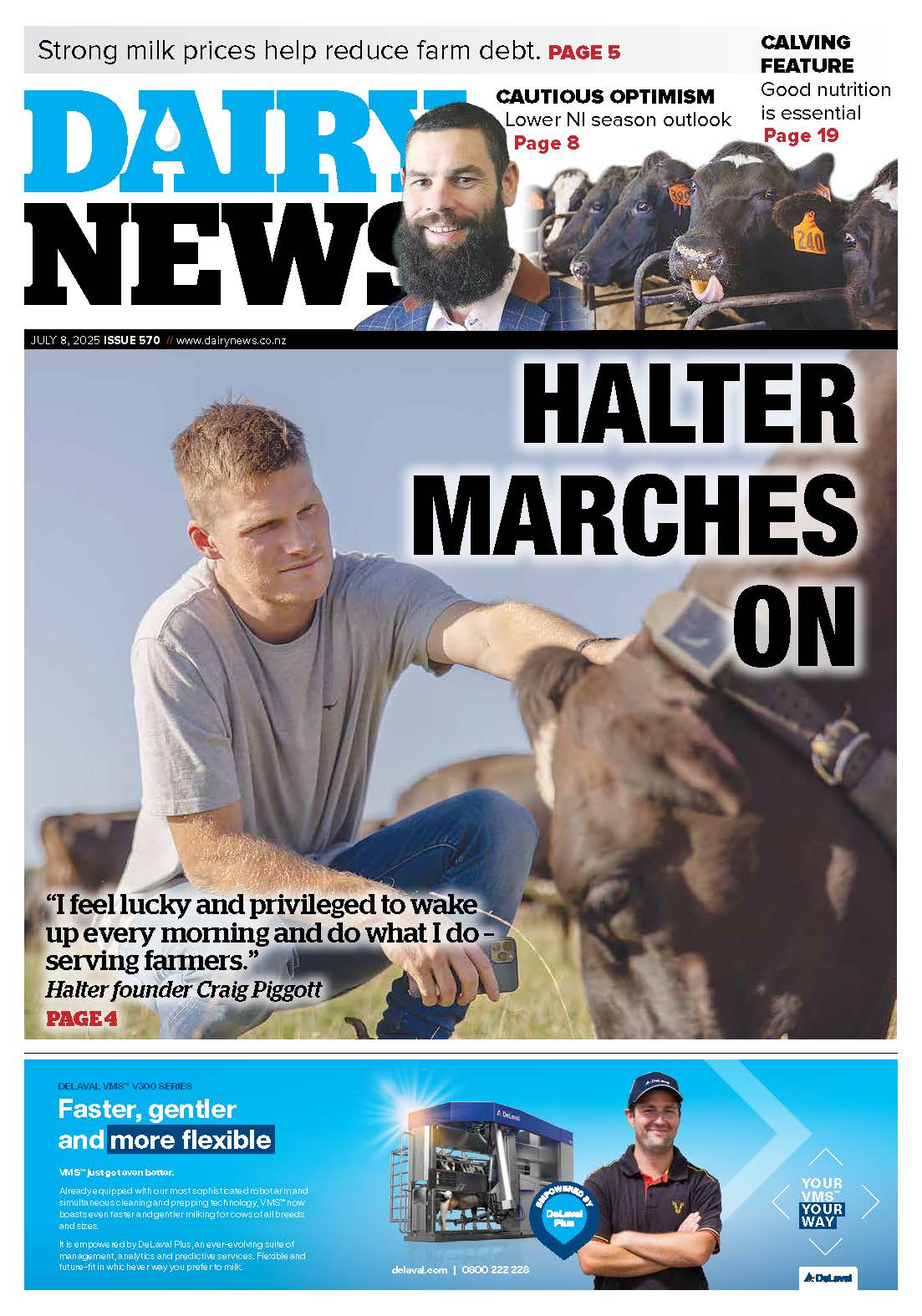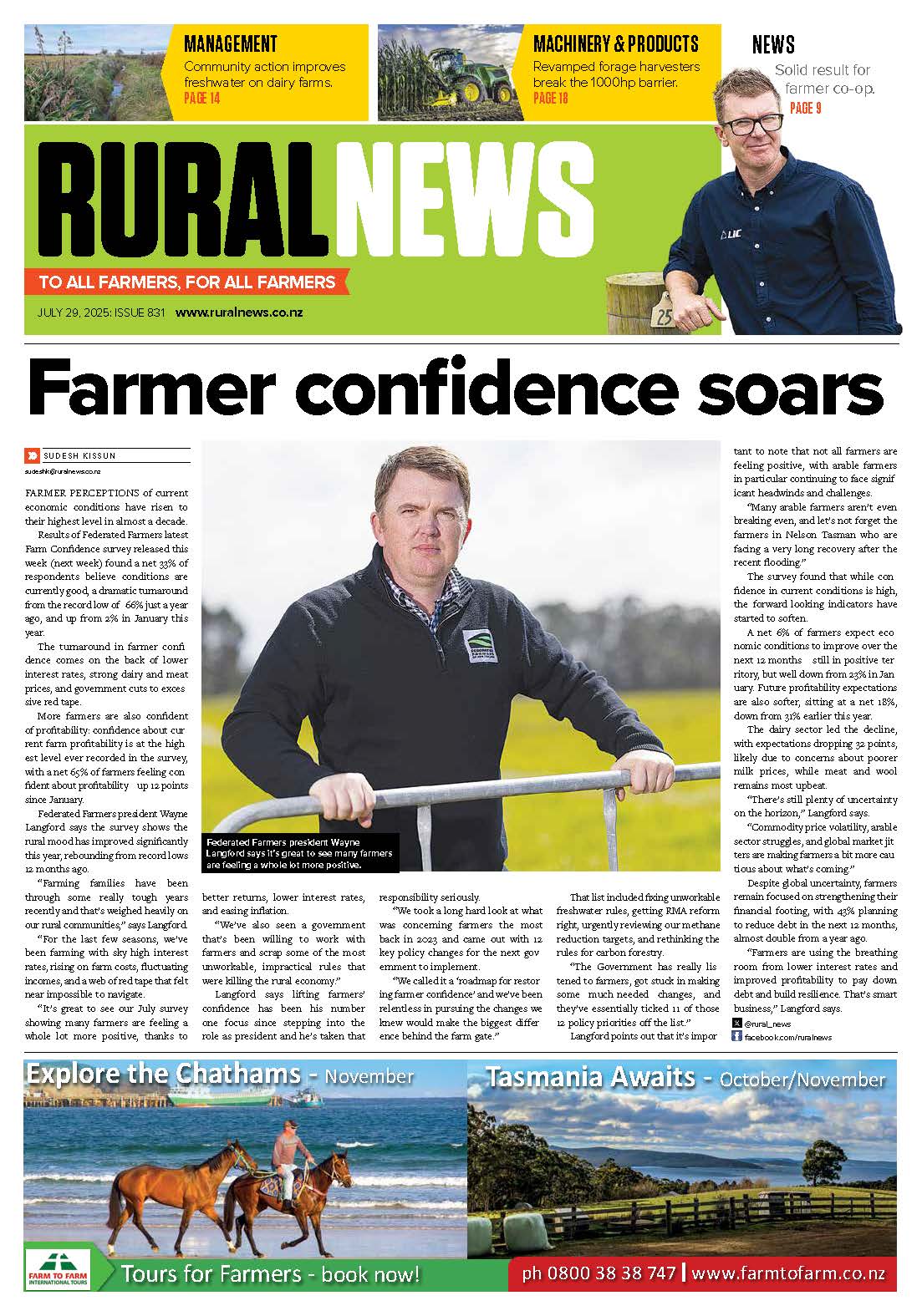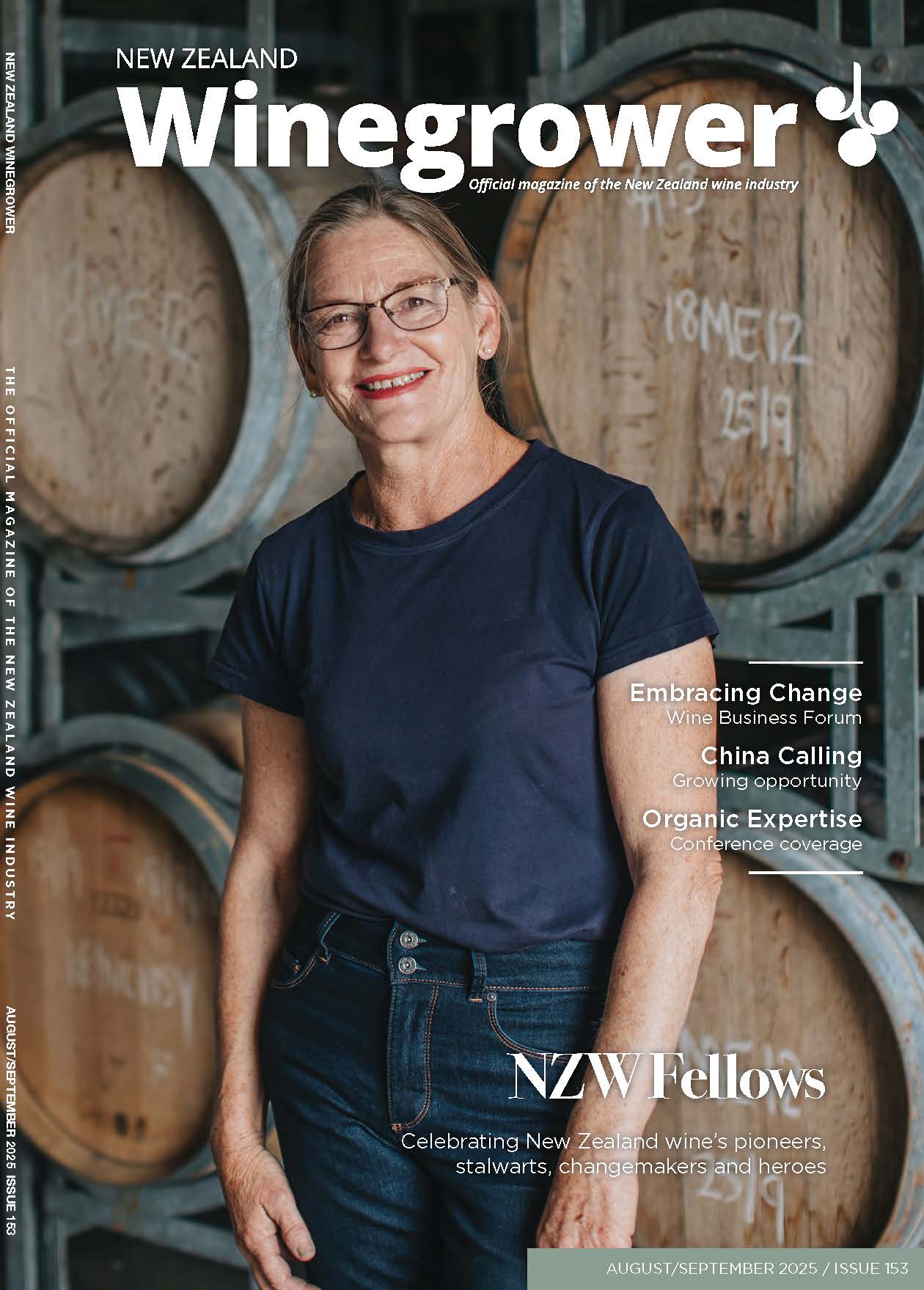Bruce and Yvonne Cameron raise 350 cattle and 2000 sheep on their 340ha drystock farm in Glen Murray. They source 150 of their bulls as four-day-old calves, from one farm where all cows are vaccinated against rotovirus.
Though they don’t carry breeding cows, they wanted to guarantee a consistent supply of calves and so turned to a four-day-old policy to underpin the farm’s bull-beef supply.
Bought at 40kg and over from neighbouring dairy farmers, the calves are Friesian bulls and some dairy beef-cross; they arrive knowing how to drink milk and ready to grow.
On arrival they go under cover for about five weeks then to grass with ready access to meal. Once weaned off meal at about 110kg they move into normal grazing for 18 months. They are sold at 500-520kg from January-April.
Cameron first housed calves in his woolshed, laying down shade cloth, covering it with shavings then setting up 13 temporary calf pens. But light and air were inadequate and disposing of all shavings before shearing time was virtually impossible.
“Wood shavings in a woolshed is not a good mix,” Cameron says. “Some would invariably get into the wool clip no matter how carefully we cleaned the shed.”
Layout also posed a problem: the shed dimensions required clumping pens together, which slowed feeding.
What was needed, he says, was a purpose-built calf rearing facility.
Helped by Milk Bar reps, Cameron looked at many different calf rearing setups, finding one he liked – a calf rearing facility with riverstone floors at Waikeria prison farm, King Country.
Milk Bar then helped with the design of a shed for him. Long, narrow layout, good airflow and low construction cost gave affordability and effectiveness.
The 39 x 5m shed essentially works as a lean-to, Cameron says. The plastic roof has a 2m-wide section uncovered, admitting sunlight and air, helping keep calves contented and bedding free from bugs. Each pen is 7 x 3m and holds 10 calves. A solid fence isolates all pens.
Setting up the pens so calves would be in clean, maintenance-free surroundings was important, hence river stones on the ground and Milk Bar waterers and birdproof meal feeders to cut risk of contamination and disease.
Avian TB was a concern, potentially a problem at sale time, Cameron says. It can trigger false-positive TB tests and require blood testing to show proof of health.
Once calves arrive on the property they are broken into groups of 10 and put into pens, where they stay for a little over a month.
Ideally calves gain 0.6kg/liveweight/day while getting access to milk and meal, says Cameron. He weans calves off milk at 65kg.
Important in early weaning is fast development of the rumen. Getting calves to eat 1kg/day of good quality, 20% protein meal is said to fast-track this. They eat no grass until they are weaned off milk.
Calves get ready access to meal and are fed 3L of milk once a day. Cameron says he uses a higher ratio of milk powder to water when mixing calf milk. They get calcium bentonite to help digestion and prevent scours.
Milk powder is mixed off-site and transferred to the calf shed with a mobile tank and pump, supplying two pens each time the tank stops.
Feeding times are half those required to feed calves in the woolshed – 90 minutes vs 2-3 hours.
Cameron has been raising a batch of 40 autumn calves to test the viability of sourcing calves in autumn. – Gareth Gillatt
Tel. 0800 104 119
www.milkbar.co.nz







